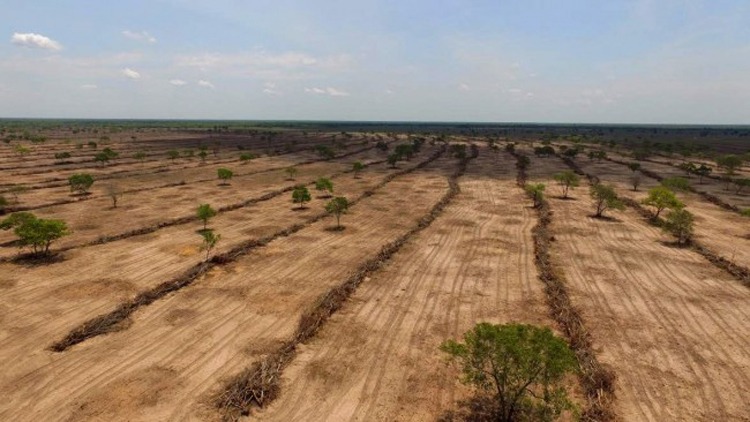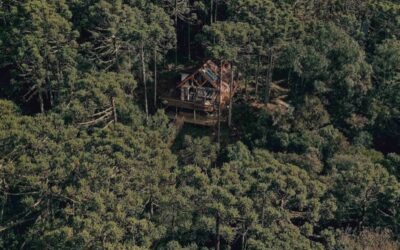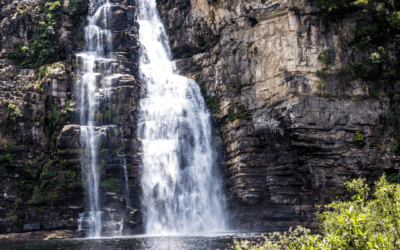The Brazilian Cerrado is a fundamental natural resource for human life. In addition, it contributes to the balance of the ecosystem as a whole. Therefore, deforestation in the Cerrado has irreparable consequences for the biome.
Importance of the Brazilian Cerrado

In addition to the Cerrado harboring wide biodiversity, it also has unique characteristics. Like the dry climate that prevails practically all year round. During the dry season, the humidity can remain very low, contributing to fires in the region.
The Cerrado is one of the richest scenarios in Brazil and the territory is essential to the environment, many medicinal plants come from the Brazilian Cerrado.
Despite all the resources and natural beauty, the Brazilian Cerrado has been devastated, mainly due to the increase in fires. Even though the Cerrado has an important role for animals, vegetables, springs and riverbeds, it is still a finite resource and has already largely devastated.
Deforestation of the Brazilian Cerrado
The natural resources of the Cerrado contribute to the survival of native species. However, when these resources are degraded, they mainly reflect on the lives of these animals and plants. As for example, the extinction of the maned wolf, jaguar and still plants typical of the Cerrado. Not to mention the lives of human beings, who also depend on resources to survive. The rampant devastation of the Cerrado is the main threat to the end of natural resources, and a society without limits on consumption contributes to this end.
Beginning of Deforestation in the Cerrado
In the middle of the 20th century, mainly due to the evolution of technological resources, the process of deforestation in the Cerrado began. The industry started to need large amounts of natural resources to supply the trade, which generated a great impact and increased deforestation in the Cerrado.
Deforestation in Brazil
One of the main causes of deforestation in Brazil is due to fires, in addition to clearing. The Brazilian Cerrado is already more deforested than the Amazon itself and together they account for a total of 97% of the devastated areas throughout Brazil. At least 1.2 million hectares have been lost in Brazil, which is equivalent to 8 cities in São Paulo. Certainly a relevant part of the planet that is already destroyed.
Countless forests are cut down and set on fire in Cerrado in an irreversible proportion. This scenario is repeated year after year, and moreover in most cases the authorities do not penalize those responsible for criminal acts.
Human occupation is also a relevant factor that concerns the preservation of the Brazilian Cerrado. Since the species are unprotected and helpless by environmental preservation laws. Only in 2019, deforestation was the greatest of all times, both for environmental crimes and natural causes, as well as legal actions. Therefore, the more than 300 species that inhabit the Brazilian Cerrado can disappear permanently from nature at any time.
What is deforestation
Deforestation can also be known by deforestation and can be related to the need of urbanization, mining, agricultural expansion and more. Therefore, this practice can be seen by many as fundamental to human survival. However, deforestation impacts society and has consequences for the planet.
Read too: The importance of the Brazilian Cerrado
Main causes and beginning of deforestation

The exploitation of natural resources has taken place since the beginning of humanity, but deforestation has taken on immense proportions, especially since the Industrial Revolution. Therefore, the advancement of machines and mass production contributed to the accelerated growth of deforestation worldwide. And the demand for unrestrained consumption skyrocketed, which resulted in an exponential increase in negative impacts on the environment.
Deforestation can be intensive in industrialized countries, but over the years, rates have fallen and increasing in countries that are developing, and we still underdeveloped.
Read too: incredible plants typical of the Brazilian cerrado









